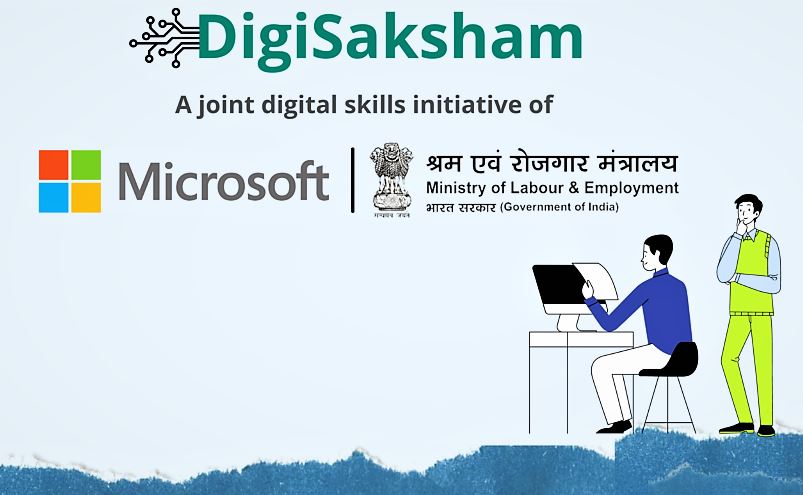From UPSC perspective, the following things are important :
Prelims level: Khadi Mark Regulation
Mains level: Paper 3- Issues facing khadi promotion in India
Context
The Prime Minister has repeatedly stressed his support for khadi, cottage industries, crafts and handlooms.
About Khadi
- Genuine khadi or khaddar is woven from short-stapled organically grown cotton.
- The beauty is in its uneven texture and colours, as cotton bolls are not all pure white in every region.
- Fabrics being made today in the name of khadi are modified spin-offs that look more like handloom fabric, with mill-produced yarn, screen printed and often mixed with mill-made polyester.
Issues
- Restriction of scope: According to the Khadi Mark Regulations (KMR) of 2013, no textile can be sold or otherwise traded by any person or institution as khadi or a khadi product in any form if the khadi mark tag issued by KVIC is missing.
- This restricts the scope of trade to a few approved entities, thereby creating recognisable barriers to enter the market for khadi.
- Restrictive certification process: The certification process described in Chapter V (Clause 20 (a)) of the KMR requires accredited agencies to perform an on-site verification of hand-spinning and hand-weaving processes.”
- Yarn must be procured only from KVIC depots or the Cotton Corporation of India, descriptions of mechanisation and electrification are ambiguous.
- There are so many restrictions that most producers have no incentive and many small bodies are unable to pay Rs 50,000 for certification.
- Multiple authorities: Hand-spinning and weaving are also part of craft skills. Only the hand-spun part is additional in khadi.
- But today KVIC, on its website and in its catalogue, has visibly non-hand-spun silk-printed saris, polyester fabrics and others that seem clearly machine-printed.
- The KVIC online catalogue has products like industrially-made suitcases, bags and wallets which are under MSME, but with a “khadi” label.
- This points to the need for bringing khadi and all handicrafts together in one ministry.
Conclusion
Gandhi did not intend to create a police state for the khadi sector, full of acts and rules that put production in a straitjacket. Perhaps, some courageous producers can try circumventing all this by using the word “khaddar” on their labels instead.
Get an IAS/IPS ranker as your 1: 1 personal mentor for UPSC 2024









